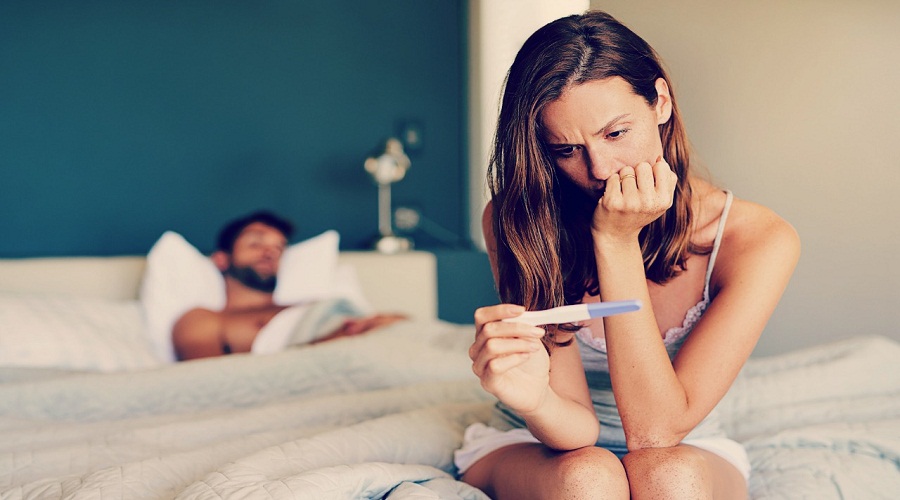


If you and your partner are struggling to have a baby, you're not alone. Infertility is defined as not being able to get pregnant despite having frequent, unprotected sex for at least a year for most couples.
Infertility may result from an issue with either you or your partner, or a combination of factors that interfere with pregnancy. Fortunately, there are many safe and effective therapies that significantly improve your chances of getting pregnant.
The main symptom of infertility is not getting pregnant. There may be no other obvious symptoms. Sometimes, an infertile woman may have irregular or absent menstrual periods. Rarely, an infertile man may have some signs of hormonal problems, such as changes in hair growth or sexual function.
Most couples will eventually conceive, with or without treatment.
You probably don't need to see a doctor about infertility unless you have been trying regularly to conceive for at least one year. Talk with your doctor earlier, however, if you're a woman and:
Talk with your doctor if you're a man and:
Causes of female infertility may include:
Infertility is very common. According to the most recent data (2006-2010) from the National Center for Health Statistics of the Centers for Disease Control and Prevention, 10.9 percent of women (6.7 million) ages 15 to 44 years have difficulty becoming pregnant and carrying a baby to term. In addition, about the same number of men experience fertility issues.
There are a number of causes of infertility. Approximately one-third of the cases are caused by conditions solely afflicting the woman, one third caused by conditions solely afflicting the man, and one third are problems involving both partners or the causes are unknown. In women, the most common cause of infertility is the irregular or defective release of eggs (ovulation). The most common symptoms of ovulation disorders are a lack of regular or any menstruation. Other more common causes of infertility include blocked fallopian tubes or abnormalities of the uterus.
Advanced age is the most common factor increasing the risk of a woman being infertile. Although there are considerable variances among women, reproductive efficiency begins to decline at approximately 35 to 37 years of age, decreases significantly by age 40, and is essentially gone by the late 40s. But if an older woman is still having menstrual cycles, she could conceive and therefore should be using contraception if she does not want to become pregnant.
The decline in fertility is aggravated by lifestyle and health issues such as a being underweight or overweight, smoking, excessive alcohol consumption, sexually transmitted infections, chemotherapy or radiation, and chronic health problems.
Men experience an age-related decline in fertility but it is slower and far less predictable. Lifestyle and environmental issues can affect the reproductive efficiency of both men and women.
Women younger than age 35 with a regular menstrual cycle are advised to try getting pregnant for one year before seeking help. That means regular, unprotected sexual intercourse (without condoms or other contraceptives), preferably timed around ovulation. Couples should have a good understanding of when ovulation is expected to occur and time intercourse to anticipate this event by a few days.
For example, if a woman ovulates 14 days after the start of her menstrual cycle, the couple should have intercourse every day or every other day starting around day nine or 10. Women age 35 and older are advised to try for six months before seeking help. If the woman has irregular menstrual cycles, the couple should be evaluated with more urgency. In addition, if the woman has a history of gynecologic disease or the man has known reproductive dysfunction, immediate evaluation is recommended.